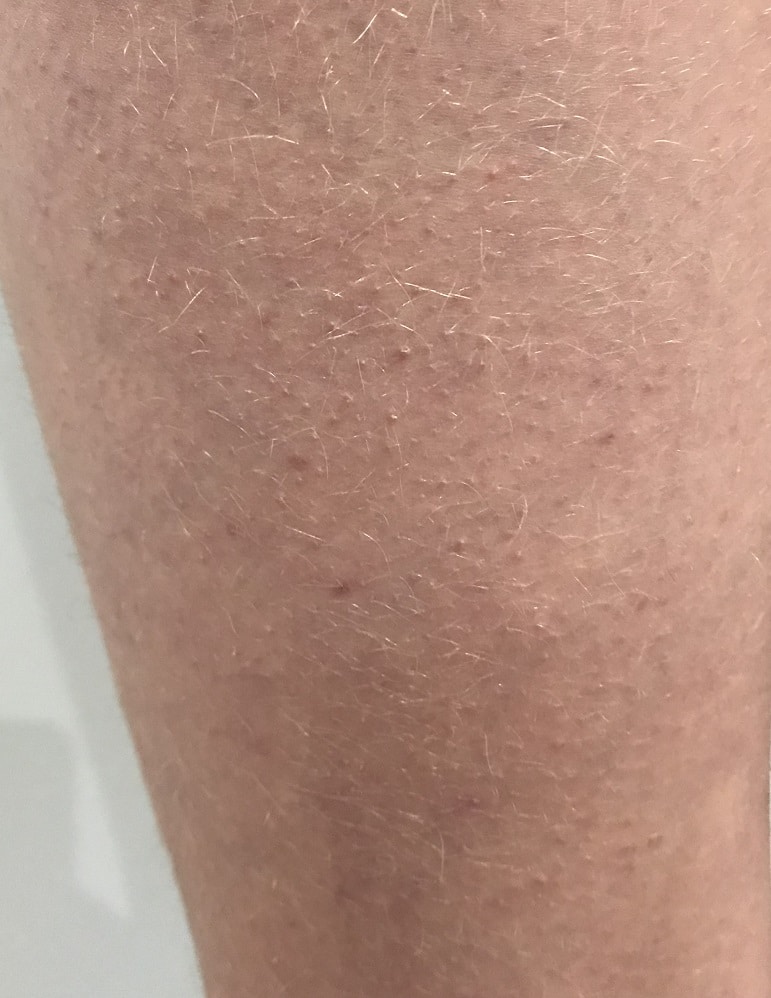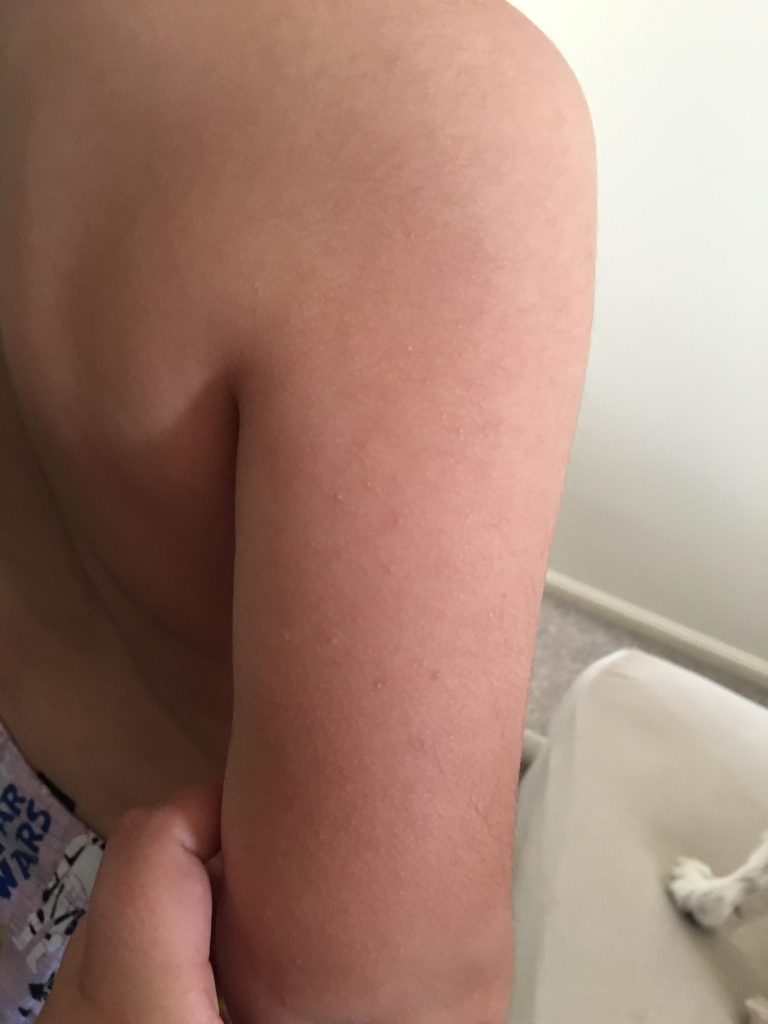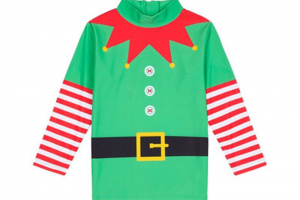You may know Keratosis Pilaris as chicken skin, bumpy skin, or even permanent pimples living on the back of yours or your children’s arms or legs. Many people have it or have noticed it and may not know much about this skin condition. Read on to get the dirt on Keratin Pilaris.
What is Keratosis Pilaris?
This skin condition is a genetic condition, and caused by a build up of keratin (the protein that makes up skin) in a closed pore or hair follicle.
Completely harmless keratosis pilaris is present in about 50- 80% of adolescents according to the Australian College of Dermatology. However some continue to have it into adulthood.
What causes keratosis pilaris in kids?

The keratin builds up and grows across the follicle causing it to look like a little pimple. Sometimes a hair may be caught inside the bump.
Dermatologists and beauty therapists have reported that the dry winter can cause ‘flare ups’ and that people prone to eczema can also have KP.
‘In winter, so many more people ask what the bumps are and how to get rid of them, it’s because in winter particularly lately, there’s less humidity, and we’re in rooms with heaters causing the skin to be dry,’ says beauty therapist Sandra Kim.
There is a less common variation of keratosis pilaris where the bumps appear much more red and can appear to look like acne or rosacea.
Most people find that while it is visible, the skin condition doesn’t affect them. It isn’t itchy or sore to touch. It is simply rough and dry.
‘A lot of my clients, don’t find it uncomfortable but just hate the appearance,’ says Kim.
Is keratosis pilaris contagious in children?
In short – no. It is not viral or bacterial so it cannot be passed from one person to another. However studies have found that it is hereditary so if you’ve got it, chances are your children will too.
Treatment for Keratosis Pilaris in kids
Unfortunately, there is no cure for KP. Although you may find it is less visible during warmer weather due to the humidity.
Some dermatologists and beauty therapists recommend sleeping with a humidifier during winter to reduce the appearance of the bumps.
Treatment for the bumps can be gentle exfoliation, don’t try and scrape off the bumps.
‘Using moisturisers daily, particularly those containing urea, salicylic, lactic or glycolic acid may reduce symptoms,’ says Kim.
‘It’s important to get professional advice before attempting using Vitamin A retinoids to treat any skin condition, particularly this one as Vitamin A can cause a chemical adverse reaction.’
We recommend seeing a dermatologist rather than self-diagnosing keratosis pilaris.
Details on other skin conditions and molloscum contagiousum.














